The following is based on Biomesight data uploaded with some annotated by uploaders. Technically, interpretation of microbiome results should factor these issues in. At least 10 samples had to have Symptom Name to be included. The numbers shown are averages (on count per million) on samples that reported the bacteria.
As a spot check, we see multiple Bifidobacterium in the 0-10 range which agrees with the literature.
In general, the symptom has more than the population because we filtered by using a high T Score to keep the list shorter for illustration purposes. A variety of other factors are not shown, for example: FUT2 non-secretor or FUT2 secretor.
Dropping the T-Score filtering to 1.96 resulted in 3600 rows.
| Symptom Name | Name | Rank | Population per million | Sample per million | T-Score |
| Age: 0-10 | Listeria | genus | 32 | 361 | 7.2 |
| Age: 0-10 | Bifidobacterium magnum | species | 21 | 230 | 16.4 |
| Age: 0-10 | Bifidobacterium pseudocatenulatum | species | 37 | 7091 | 214.7 |
| Age: 0-10 | Paenibacillus | genus | 37 | 330 | 5.5 |
| Age: 0-10 | Cystobacterineae | suborder | 19 | 115 | 6.1 |
| Age: 0-10 | Desulfovibrio vietnamensis | species | 23 | 2264 | 127 |
| Age: 0-10 | Anaerostipes | genus | 1581 | 21701 | 5.3 |
| Age: 0-10 | Ethanoligenens harbinense | species | 39 | 1571 | 30.4 |
| Age: 0-10 | Bifidobacterium bombi | species | 34 | 674 | 7.3 |
| Age: 0-10 | Eubacteriales incertae sedis | norank | 300 | 9097 | 9.5 |
| Age: 10-20 | Anaerococcus octavius | species | 103 | 1738 | 7.2 |
| Age: 10-20 | Bifidobacterium boum | species | 34 | 1441 | 20 |
| Age: 10-20 | Puniceicoccales | order | 82 | 2091 | 7.2 |
| Age: 10-20 | Bifidobacterium bombi | species | 34 | 2072 | 23.1 |
| Age: 10-20 | Eubacteriales incertae sedis | norank | 300 | 9118 | 9.5 |
| Age: 10-20 | Ruminiclostridium | genus | 696 | 10396 | 5.1 |
| Age: 20-30 | Aggregatibacter aphrophilus | species | 35 | 445 | 11.1 |
| Age: 20-30 | Listeria | genus | 32 | 267 | 5.2 |
| Age: 20-30 | Bifidobacterium magnum | species | 21 | 120 | 7.8 |
| Age: 20-30 | Halomonas | genus | 30 | 826 | 18.5 |
| Age: 20-30 | Bifidobacterium pseudocatenulatum | species | 37 | 1854 | 55.3 |
| Age: 20-30 | Halomonadaceae | family | 40 | 470 | 8.5 |
| Age: 20-30 | Lactobacillus crispatus | species | 356 | 21583 | 8.1 |
| Age: 20-30 | Fibrobacteres | phylum | 224 | 66028 | 32.3 |
| Age: 20-30 | Brenneria | genus | 53 | 1321 | 10.7 |
| Age: 20-30 | Dietziaceae | family | 113 | 1627 | 5.4 |
| Age: 20-30 | Piscirickettsiaceae | family | 24 | 137 | 6.7 |
| Age: 20-30 | Desulfovibrio vietnamensis | species | 23 | 1625 | 90.8 |
| Age: 20-30 | Ethanoligenens harbinense | species | 39 | 308 | 5.3 |
| Age: 20-30 | Saccharospirillaceae | family | 18 | 972 | 110.2 |
| Age: 20-30 | Prevotella maculosa | species | 107 | 2980 | 17.5 |
| Age: 20-30 | Eubacteriales incertae sedis | norank | 300 | 5340 | 5.4 |
| Age: 20-30 | Eubacteriales Family XII. Incertae Sedis | family | 38 | 715 | 11.2 |
| Age: 20-30 | Pectobacteriaceae | family | 53 | 1257 | 10.7 |
| Age: 20-30 | Balneolaeota | phylum | 26 | 20413 | 791.7 |
| Age: 30-40 | Francisella | genus | 18 | 3459 | 456.5 |
| Age: 30-40 | Enterobacter cloacae | species | 98 | 1305 | 8.4 |
| Age: 30-40 | Aggregatibacter aphrophilus | species | 35 | 1247 | 32.7 |
| Age: 30-40 | Aggregatibacter segnis | species | 84 | 1600 | 9.4 |
| Age: 30-40 | Halomonas | genus | 30 | 381 | 8.2 |
| Age: 30-40 | Bifidobacterium pseudocatenulatum | species | 37 | 6838 | 207 |
| Age: 30-40 | Francisellaceae | family | 18 | 3239 | 427.3 |
| Age: 30-40 | Halochromatium salexigens | species | 23 | 125 | 6 |
| Age: 30-40 | Cystobacterineae | suborder | 19 | 109 | 5.7 |
| Age: 30-40 | Dietziaceae | family | 113 | 1856 | 6.2 |
| Age: 30-40 | Halochromatium | genus | 24 | 187 | 9.4 |
| Age: 30-40 | Desulfovibrio vietnamensis | species | 23 | 3094 | 174 |
| Age: 30-40 | Ethanoligenens harbinense | species | 39 | 364 | 6.5 |
| Age: 30-40 | Saccharospirillaceae | family | 18 | 567 | 63.4 |
| Age: 30-40 | Prevotella maculosa | species | 107 | 12394 | 74.7 |
| Age: 30-40 | Eubacteriales incertae sedis | norank | 300 | 5305 | 5.4 |
| Age: 30-40 | Eubacteriales Family XII. Incertae Sedis | family | 38 | 352 | 5.2 |
| Age: 30-40 | Balneolaeota | phylum | 26 | 2236 | 85.8 |
| Age: 30-40 | Rhodovibrionaceae | family | 119 | 4022 | 22.4 |
| Age: 40-50 | Aggregatibacter aphrophilus | species | 35 | 771 | 19.9 |
| Age: 40-50 | Bifidobacterium pseudocatenulatum | species | 37 | 4210 | 127 |
| Age: 40-50 | Francisellaceae | family | 18 | 626 | 80.7 |
| Age: 40-50 | Fibrobacteres | phylum | 224 | 29330 | 14.3 |
| Age: 40-50 | Cystobacterineae | suborder | 19 | 138 | 7.6 |
| Age: 40-50 | Desulfovibrio vietnamensis | species | 23 | 3100 | 174.3 |
| Age: 40-50 | Ethanoligenens harbinense | species | 39 | 857 | 16.3 |
| Age: 40-50 | Saccharospirillaceae | family | 18 | 209 | 22 |
| Age: 40-50 | Prevotella pleuritidis | species | 52 | 2202 | 17.1 |
| Age: 40-50 | Megamonas funiformis | species | 1344 | 33754 | 7.2 |
| Age: 40-50 | Prevotella maculosa | species | 107 | 4535 | 26.9 |
| Age: 40-50 | Eubacteriales Family XII. Incertae Sedis | family | 38 | 858 | 13.6 |
| Age: 40-50 | Balneolaeota | phylum | 26 | 12551 | 486.4 |
| Age: 40-50 | Rhodovibrionaceae | family | 119 | 1249 | 6.5 |
| Age: 50-60 | Desulfomicrobium | genus | 34 | 276 | 8.3 |
| Age: 50-60 | Bifidobacterium pseudocatenulatum | species | 37 | 7205 | 218.1 |
| Age: 50-60 | Hathewaya proteolytica | species | 19 | 89 | 6.6 |
| Age: 50-60 | Paenibacillus | genus | 37 | 370 | 6.2 |
| Age: 50-60 | Fibrobacteres | phylum | 224 | 17511 | 8.5 |
| Age: 50-60 | Sporotomaculum hydroxybenzoicum | species | 37 | 2301 | 36.9 |
| Age: 50-60 | Cystobacterineae | suborder | 19 | 178 | 10.2 |
| Age: 50-60 | Olsenella | genus | 131 | 4275 | 9.8 |
| Age: 50-60 | Desulfovibrio vietnamensis | species | 23 | 3624 | 204 |
| Age: 50-60 | Desulfomicrobiaceae | family | 34 | 278 | 8.4 |
| Age: 50-60 | Ethanoligenens harbinense | species | 39 | 1907 | 37.1 |
| Age: 50-60 | Saccharospirillaceae | family | 18 | 365 | 40.1 |
| Age: 50-60 | Tepidimicrobium | genus | 27 | 158 | 7 |
| Age: 50-60 | Opitutae | class | 173 | 3532 | 5.3 |
| Age: 50-60 | Puniceicoccales | order | 82 | 3627 | 12.8 |
| Age: 50-60 | Eubacteriales incertae sedis | norank | 300 | 5755 | 5.9 |
| Age: 50-60 | Eubacteriales Family XII. Incertae Sedis | family | 38 | 541 | 8.3 |
| Age: 50-60 | Clostridium amylolyticum | species | 21 | 131 | 8.4 |
| Age: 50-60 | Atopobiaceae | family | 113 | 2945 | 7.2 |
| Age: 50-60 | Balneolaeota | phylum | 26 | 5457 | 210.9 |
| Age: 60-70 | Achromobacter | genus | 28 | 246 | 6.7 |
| Age: 60-70 | Salmonella | genus | 74 | 1870 | 7.4 |
| Age: 60-70 | Aggregatibacter aphrophilus | species | 35 | 381 | 9.3 |
| Age: 60-70 | Desulfomicrobium | genus | 34 | 226 | 6.6 |
| Age: 60-70 | Deinococcus-Thermus | phylum | 83 | 2172 | 12.4 |
| Age: 60-70 | Lacticaseibacillus paracasei | species | 114 | 10748 | 25.3 |
| Age: 60-70 | Limosilactobacillus fermentum | species | 63 | 20159 | 78.5 |
| Age: 60-70 | Bifidobacterium magnum | species | 21 | 302 | 22.1 |
| Age: 60-70 | Sphingomonas | genus | 49 | 5317 | 37.2 |
| Age: 60-70 | Bifidobacterium pseudocatenulatum | species | 37 | 38736 | 1177.7 |
| Age: 60-70 | Deltaproteobacteria | class | 5224 | 40276 | 5 |
| Age: 60-70 | Salmonella enterica | species | 74 | 1416 | 5.6 |
| Age: 60-70 | Burkholderia | genus | 99 | 4146 | 24 |
| Age: 60-70 | Sphingomonadaceae | family | 57 | 4615 | 21 |
| Age: 60-70 | Paenibacillus | genus | 37 | 374 | 6.3 |
| Age: 60-70 | Abiotrophia defectiva | species | 35 | 660 | 6.1 |
| Age: 60-70 | Fibrobacteres | phylum | 224 | 209585 | 102.7 |
| Age: 60-70 | Sporotomaculum hydroxybenzoicum | species | 37 | 1571 | 25 |
| Age: 60-70 | Bifidobacterium boum | species | 34 | 669 | 9 |
| Age: 60-70 | Cystobacterineae | suborder | 19 | 126 | 6.8 |
| Age: 60-70 | Burkholderiaceae | family | 272 | 3098 | 5.4 |
| Age: 60-70 | Turicibacter sanguinis | species | 89 | 5092 | 19.1 |
| Age: 60-70 | Deinococci | class | 83 | 2172 | 12.4 |
| Age: 60-70 | Chloroflexi | phylum | 110 | 2061 | 8.6 |
| Age: 60-70 | Desulfovibrio vietnamensis | species | 23 | 2883 | 162.1 |
| Age: 60-70 | Sphingomonadales | order | 58 | 4446 | 20.8 |
| Age: 60-70 | Desulfomicrobiaceae | family | 34 | 217 | 6.3 |
| Age: 60-70 | Ethanoligenens harbinense | species | 39 | 519 | 9.5 |
| Age: 60-70 | Saccharospirillaceae | family | 18 | 280 | 30.2 |
| Age: 60-70 | Acholeplasma equifetale | species | 24 | 114 | 7.8 |
| Age: 60-70 | Prevotella pleuritidis | species | 52 | 2400 | 18.7 |
| Age: 60-70 | Prevotella maculosa | species | 107 | 5761 | 34.4 |
| Age: 60-70 | Bifidobacterium bombi | species | 34 | 1252 | 13.8 |
| Age: 60-70 | Synergistetes | phylum | 301 | 48997 | 19.8 |
| Age: 60-70 | Eubacteriales incertae sedis | norank | 300 | 8063 | 8.3 |
| Age: 60-70 | Eubacteriales Family XII. Incertae Sedis | family | 38 | 556 | 8.6 |
| Age: 60-70 | Slackia piriformis | species | 166 | 3021 | 5.9 |
| Age: 60-70 | Lactobacillus casei group | species group | 319 | 10750 | 9.8 |
| Age: 60-70 | Ruminiclostridium | genus | 696 | 16212 | 8.1 |
| Age: 60-70 | Balneolaeota | phylum | 26 | 11534 | 446.9 |
| Age: 60-70 | Limosilactobacillus | genus | 245 | 14389 | 9.2 |
| Age: 60-70 | Rhodovibrionaceae | family | 119 | 2616 | 14.3 |
| Age: 70-80 | Eubacteriales incertae sedis | norank | 300 | 7064 | 7.3 |
| Age: 70-80 | Ruminiclostridium | genus | 696 | 11141 | 5.5 |
| Blood Type: A Negative | Butyrivibrio | genus | 467 | 6087 | 5.3 |
| Blood Type: A Positive | Aggregatibacter aphrophilus | species | 35 | 1150 | 30.1 |
| Blood Type: A Positive | Bifidobacterium pseudocatenulatum | species | 37 | 10314 | 312.8 |
| Blood Type: A Positive | Hathewaya proteolytica | species | 19 | 83 | 6 |
| Blood Type: A Positive | Lactobacillus crispatus | species | 356 | 18213 | 6.8 |
| Blood Type: A Positive | Fibrobacteres | phylum | 224 | 41287 | 20.1 |
| Blood Type: A Positive | Desulfovibrio vietnamensis | species | 23 | 2546 | 143 |
| Blood Type: A Positive | Ethanoligenens harbinense | species | 39 | 365 | 6.5 |
| Blood Type: A Positive | Saccharospirillaceae | family | 18 | 297 | 32.2 |
| Blood Type: A Positive | Prevotella pleuritidis | species | 52 | 3785 | 29.7 |
| Blood Type: A Positive | Prevotella maculosa | species | 107 | 8228 | 49.4 |
| Blood Type: A Positive | Eubacteriales incertae sedis | norank | 300 | 7120 | 7.3 |
| Blood Type: A Positive | Eubacteriales Family XII. Incertae Sedis | family | 38 | 666 | 10.4 |
| Blood Type: A Positive | Ruminiclostridium | genus | 696 | 10322 | 5 |
| Blood Type: A Positive | Rhodovibrionaceae | family | 119 | 1214 | 6.3 |
| Blood Type: B Positive | Ethanoligenens harbinense | species | 39 | 3782 | 74.4 |
| Blood Type: B Positive | Moryella | genus | 158 | 5254 | 6.4 |
| Blood Type: FUT2 non-secretor | Eubacteriales incertae sedis | norank | 300 | 11611 | 12.2 |
| Blood Type: O Negative | Halomonadaceae | family | 40 | 1088 | 20.8 |
| Blood Type: O Negative | Alteromonadaceae | family | 41 | 488 | 5.4 |
| Blood Type: O Negative | Ethanoligenens harbinense | species | 39 | 450 | 8.2 |
| Blood Type: O Negative | Eubacteriales incertae sedis | norank | 300 | 5909 | 6 |
| Blood Type: O Negative | Eubacteriales Family XII. Incertae Sedis | family | 38 | 2462 | 40.1 |
| Blood Type: O Negative | Symbiobacteriaceae | family | 113 | 1536 | 5.3 |
| Blood Type: O Negative | Ruminiclostridium | genus | 696 | 15328 | 7.6 |
| Blood Type: O Negative | Morganellaceae | family | 685 | 32874 | 6 |
| Blood Type: O Positive | Achromobacter | genus | 28 | 227 | 6.1 |
| Blood Type: O Positive | Klebsiella pneumoniae | species | 113 | 1431 | 7.1 |
| Blood Type: O Positive | Salmonella | genus | 74 | 1334 | 5.2 |
| Blood Type: O Positive | Aggregatibacter aphrophilus | species | 35 | 338 | 8.2 |
| Blood Type: O Positive | Deinococcus-Thermus | phylum | 83 | 1613 | 9.1 |
| Blood Type: O Positive | Lacticaseibacillus paracasei | species | 114 | 8206 | 19.3 |
| Blood Type: O Positive | Limosilactobacillus fermentum | species | 63 | 15729 | 61.2 |
| Blood Type: O Positive | Bifidobacterium magnum | species | 21 | 232 | 16.6 |
| Blood Type: O Positive | Sphingomonas | genus | 49 | 3831 | 26.7 |
| Blood Type: O Positive | Bifidobacterium pseudocatenulatum | species | 37 | 33084 | 1005.7 |
| Blood Type: O Positive | Burkholderia | genus | 99 | 2582 | 14.8 |
| Blood Type: O Positive | Francisellaceae | family | 18 | 2597 | 342.1 |
| Blood Type: O Positive | Sphingomonadaceae | family | 57 | 3326 | 15.1 |
| Blood Type: O Positive | Paenibacillus | genus | 37 | 374 | 6.3 |
| Blood Type: O Positive | Fibrobacteres | phylum | 224 | 170555 | 83.5 |
| Blood Type: O Positive | Sporotomaculum hydroxybenzoicum | species | 37 | 1105 | 17.4 |
| Blood Type: O Positive | Bifidobacterium boum | species | 34 | 454 | 6 |
| Blood Type: O Positive | Cystobacterineae | suborder | 19 | 121 | 6.5 |
| Blood Type: O Positive | Turicibacter sanguinis | species | 89 | 3583 | 13.3 |
| Blood Type: O Positive | Deinococci | class | 83 | 1613 | 9.1 |
| Blood Type: O Positive | Chloroflexi | phylum | 110 | 1466 | 6 |
| Blood Type: O Positive | Desulfovibrio vietnamensis | species | 23 | 2704 | 151.9 |
| Blood Type: O Positive | Sphingomonadales | order | 58 | 3067 | 14.3 |
| Blood Type: O Positive | Ethanoligenens harbinense | species | 39 | 1011 | 19.3 |
| Blood Type: O Positive | Saccharospirillaceae | family | 18 | 291 | 31.5 |
| Blood Type: O Positive | Prevotella pleuritidis | species | 52 | 1363 | 10.4 |
| Blood Type: O Positive | Prevotella maculosa | species | 107 | 12500 | 75.3 |
| Blood Type: O Positive | Bifidobacterium bombi | species | 34 | 1090 | 12 |
| Blood Type: O Positive | Synergistetes | phylum | 301 | 34878 | 14 |
| Blood Type: O Positive | Eubacteriales incertae sedis | norank | 300 | 7211 | 7.4 |
| Blood Type: O Positive | Eubacteriales Family XII. Incertae Sedis | family | 38 | 526 | 8.1 |
| Blood Type: O Positive | Slackia piriformis | species | 166 | 2753 | 5.3 |
| Blood Type: O Positive | Lactobacillus casei group | species group | 319 | 10751 | 9.8 |
| Blood Type: O Positive | Ruminiclostridium | genus | 696 | 11501 | 5.6 |
| Blood Type: O Positive | Balneolaeota | phylum | 26 | 4614 | 178.2 |
| Blood Type: O Positive | Limosilactobacillus | genus | 245 | 11618 | 7.4 |
| Blood Type: O Positive | Rhodovibrionaceae | family | 119 | 1346 | 7.1 |
| Gender: Female | Francisella | genus | 18 | 1666 | 218.6 |
| Gender: Female | Serratia marcescens | species | 124 | 1449 | 7.2 |
| Gender: Female | Desulfomicrobium | genus | 34 | 180 | 5 |
| Gender: Female | Bifidobacterium magnum | species | 21 | 157 | 10.7 |
| Gender: Female | Carnobacterium | genus | 29 | 250 | 6.3 |
| Gender: Female | Bifidobacterium pseudocatenulatum | species | 37 | 9394 | 284.8 |
| Gender: Female | Francisellaceae | family | 18 | 1575 | 206.6 |
| Gender: Female | Fibrobacteres | phylum | 224 | 34984 | 17 |
| Gender: Female | Cystobacterineae | suborder | 19 | 137 | 7.5 |
| Gender: Female | Dietziaceae | family | 113 | 1687 | 5.6 |
| Gender: Female | Planomicrobium | genus | 20 | 106 | 7.3 |
| Gender: Female | Desulfovibrio vietnamensis | species | 23 | 3181 | 178.9 |
| Gender: Female | Ethanoligenens harbinense | species | 39 | 843 | 16 |
| Gender: Female | Saccharospirillaceae | family | 18 | 410 | 45.3 |
| Gender: Female | Prevotella pleuritidis | species | 52 | 900 | 6.7 |
| Gender: Female | Megamonas funiformis | species | 1344 | 24456 | 5.2 |
| Gender: Female | Prevotella maculosa | species | 107 | 3398 | 20 |
| Gender: Female | Eubacteriales incertae sedis | norank | 300 | 5775 | 5.9 |
| Gender: Female | Eubacteriales Family XII. Incertae Sedis | family | 38 | 911 | 14.4 |
| Gender: Female | Balneolaeota | phylum | 26 | 9664 | 374.3 |
| Gender: Female | Rhodovibrionaceae | family | 119 | 3904 | 21.7 |
| Gender: Male | Francisella | genus | 18 | 1379 | 180.6 |
| Gender: Male | Enterobacter cloacae | species | 98 | 1326 | 8.5 |
| Gender: Male | Klebsiella pneumoniae | species | 113 | 4889 | 25.9 |
| Gender: Male | Aggregatibacter aphrophilus | species | 35 | 945 | 24.5 |
| Gender: Male | Desulfomicrobium | genus | 34 | 197 | 5.6 |
| Gender: Male | Bifidobacterium magnum | species | 21 | 237 | 17 |
| Gender: Male | Sphingomonas | genus | 49 | 2588 | 17.9 |
| Gender: Male | Bifidobacterium pseudocatenulatum | species | 37 | 9099 | 275.8 |
| Gender: Male | Francisellaceae | family | 18 | 1071 | 139.7 |
| Gender: Male | Sphingomonadaceae | family | 57 | 1819 | 8.1 |
| Gender: Male | Fibrobacteres | phylum | 224 | 71249 | 34.8 |
| Gender: Male | Sporotomaculum hydroxybenzoicum | species | 37 | 860 | 13.4 |
| Gender: Male | Bifidobacterium boum | species | 34 | 414 | 5.4 |
| Gender: Male | Cystobacterineae | suborder | 19 | 114 | 6.1 |
| Gender: Male | Halochromatium | genus | 24 | 118 | 5.4 |
| Gender: Male | Mitsuokella jalaludinii | species | 400 | 21943 | 29.5 |
| Gender: Male | Desulfovibrio vietnamensis | species | 23 | 3011 | 169.3 |
| Gender: Male | Sphingomonadales | order | 58 | 1697 | 7.8 |
| Gender: Male | Desulfomicrobiaceae | family | 34 | 193 | 5.5 |
| Gender: Male | Ethanoligenens harbinense | species | 39 | 634 | 11.8 |
| Gender: Male | Saccharospirillaceae | family | 18 | 438 | 48.5 |
| Gender: Male | Bifidobacterium tsurumiense | species | 29 | 311 | 13.7 |
| Gender: Male | Prevotella pleuritidis | species | 52 | 1409 | 10.8 |
| Gender: Male | Prevotella maculosa | species | 107 | 9182 | 55.2 |
| Gender: Male | Bifidobacterium bombi | species | 34 | 519 | 5.5 |
| Gender: Male | Synergistetes | phylum | 301 | 16705 | 6.7 |
| Gender: Male | Eubacteriales incertae sedis | norank | 300 | 6111 | 6.2 |
| Gender: Male | Eubacteriales Family XII. Incertae Sedis | family | 38 | 424 | 6.4 |
| Gender: Male | Rhodovibrionaceae | family | 119 | 1104 | 5.7 |
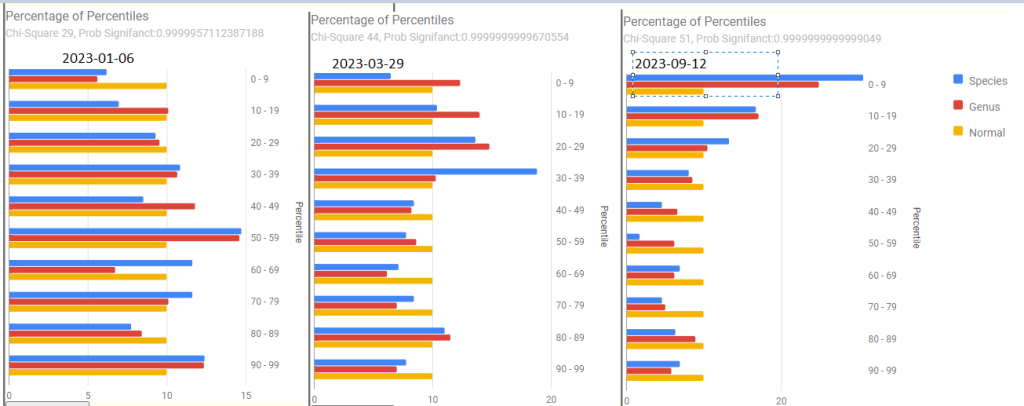



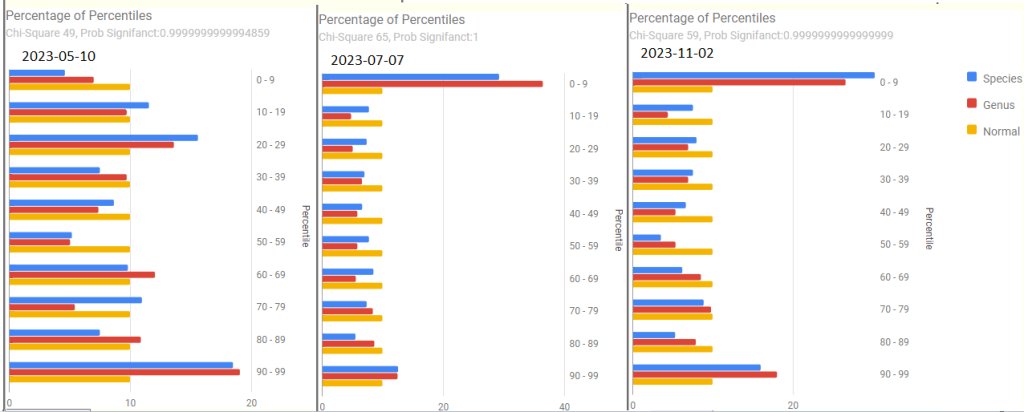
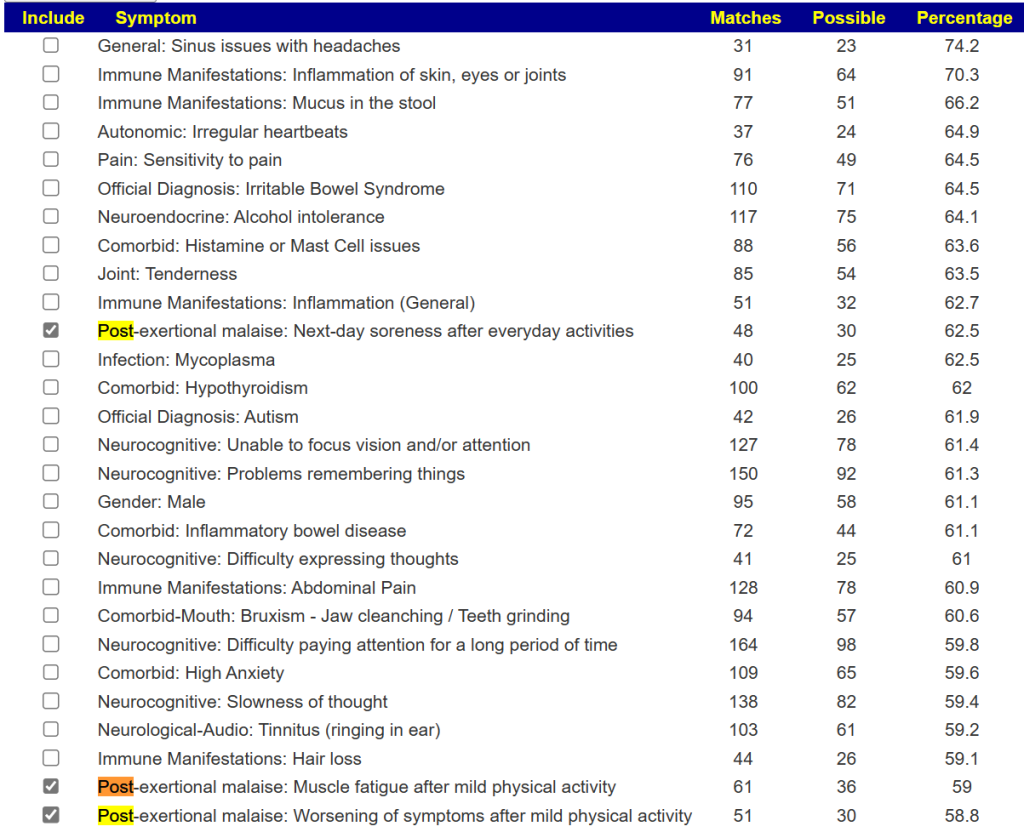



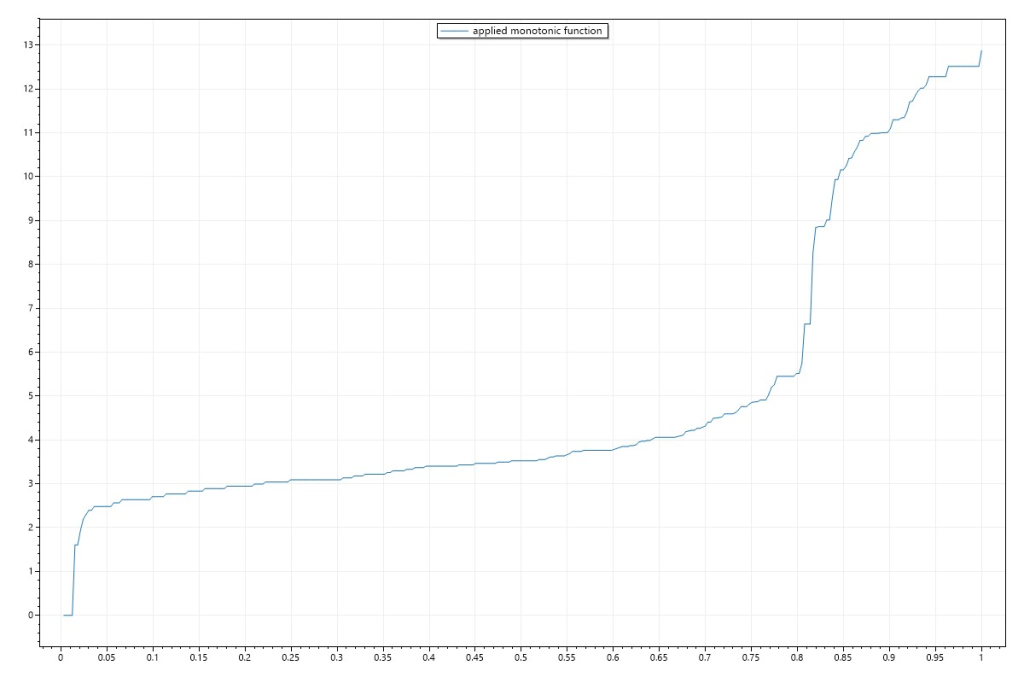
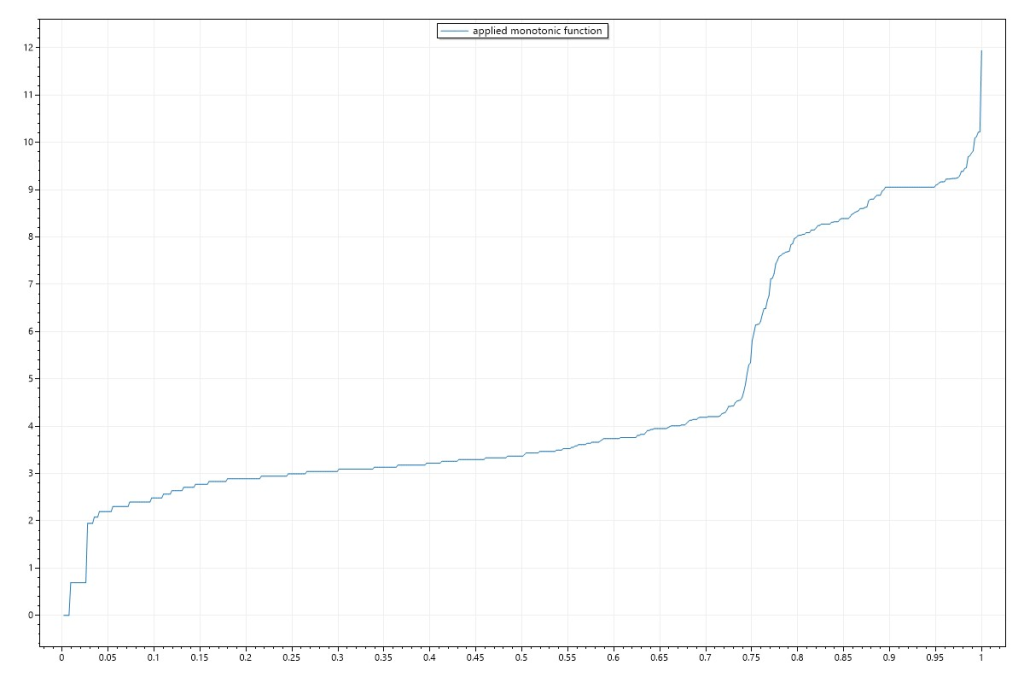


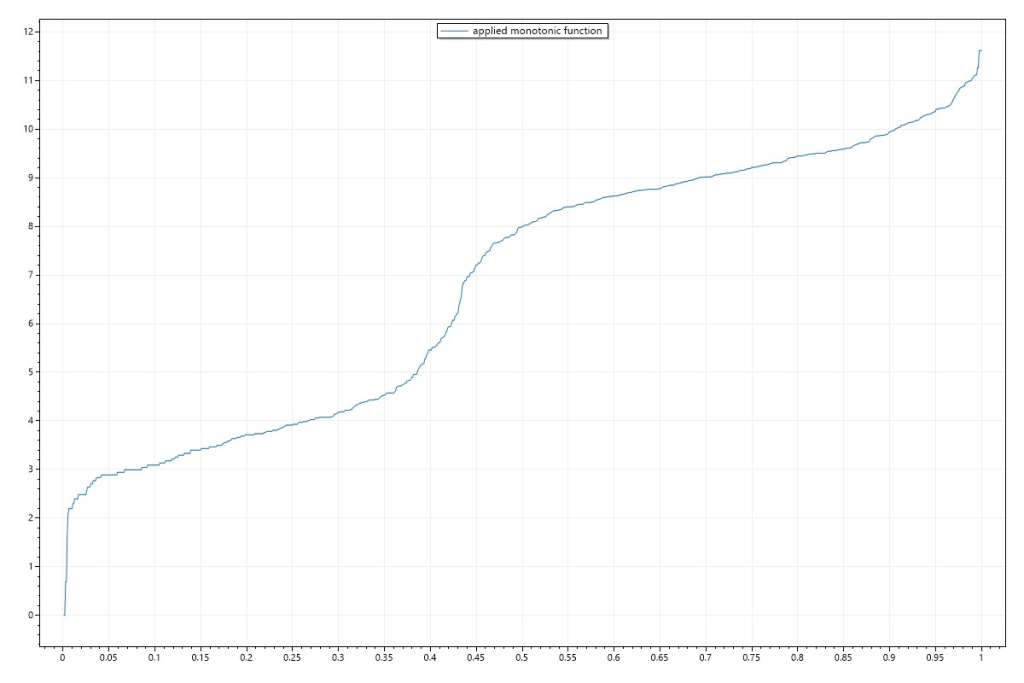
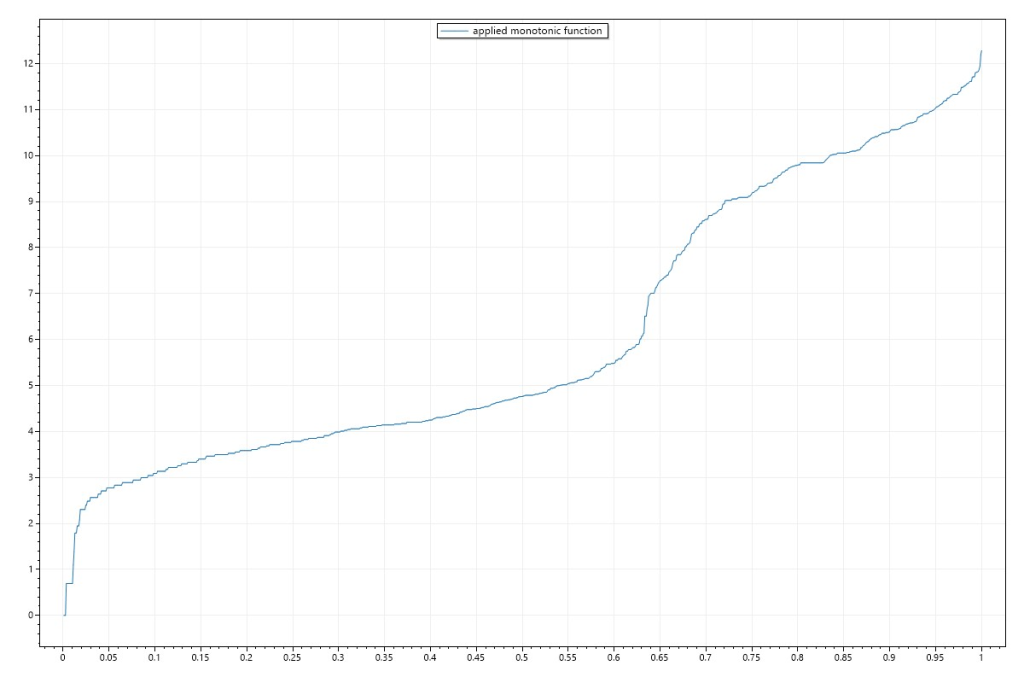
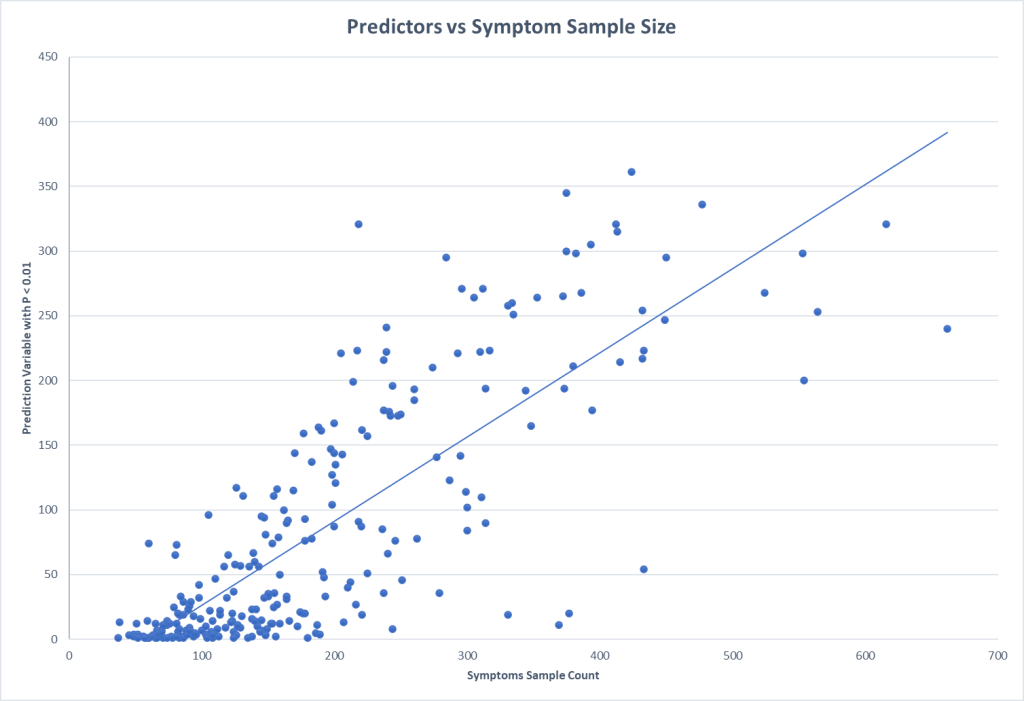







Recent Comments